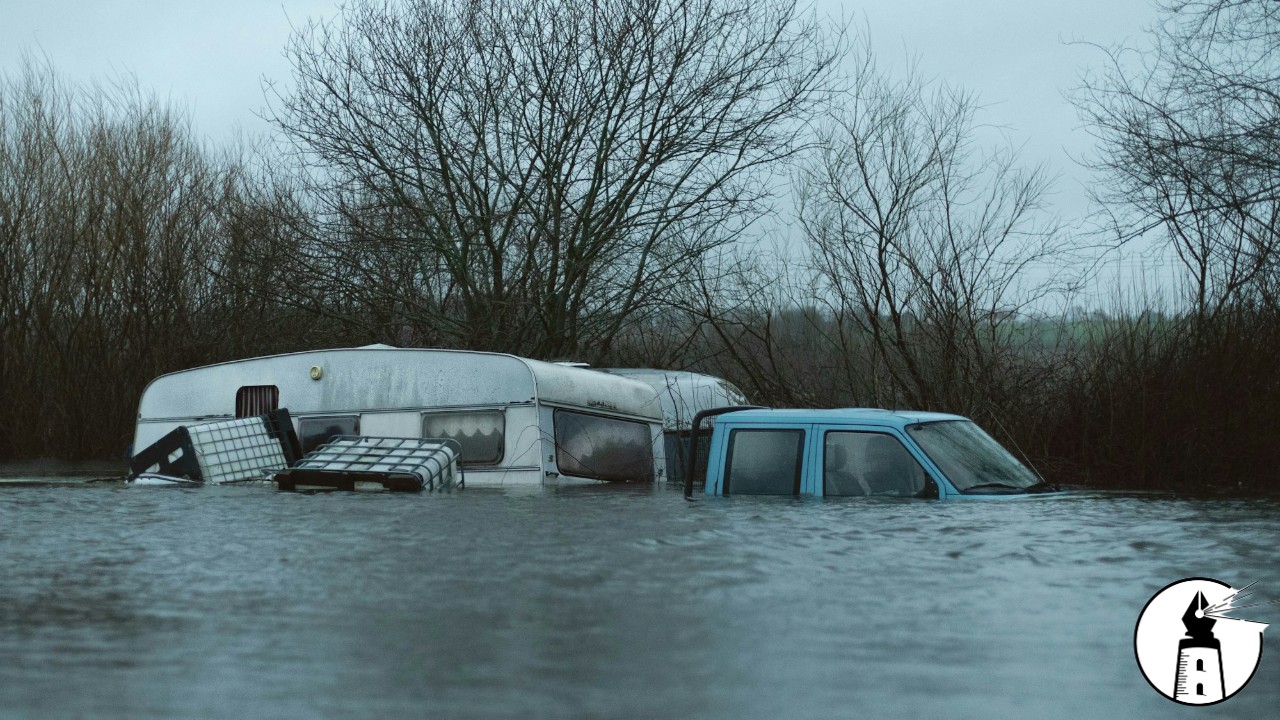Over the Independence Day weekend, a catastrophic flood struck central Texas, leaving more than 80 people dead and dozens more missing. In the early hours of Friday morning, torrential rainfall overwhelmed dry soil and narrow river basins, sending walls of water crashing through rural communities, campgrounds, and low-lying homes. Among the hardest-hit areas was Kerr County, where families camping near the Guadalupe River were swept away before sunrise. Many never had time to evacuate.
According to meteorologists, this disaster was not unexpected. Days before the flood, forecasts warned of tropical moisture lingering over the region. As early as Thursday afternoon, flood watches were issued. By late that night, flash flood warnings were in effect. These messages, based on solid data and confirmed risk, were meant to trigger protective action. But something broke down between the forecast and the people who needed to hear it.
Local and state officials claimed they were unaware of the danger. However, records show that the National Weather Service had issued clear and escalating alerts. The failure, experts say, came in the “last mile” of communication, the critical link that translates warnings into real-time decisions and actions. In many areas, local governments lacked sirens, warning systems, or reliable outreach. Some communities had applied for federal aid in past years to build flood alert infrastructure but were denied. A bill to fund statewide upgrades failed in the legislature.
At the federal level, years of discussion about cutting FEMA funding have compounded the issue. Some of the forecasting offices serving the flooded areas were operating without key staff, including roles designed to coordinate emergency response. These vacancies may not have affected the accuracy of the forecast, but they likely impaired how warnings were communicated to local decision-makers.
The broader context cannot be ignored. Extreme rainfall events like this one are increasing in frequency and intensity, a pattern scientists consistently attribute to climate change. Yet, the current administration continues to question or ignore climate science, even as disasters become more severe. Calls to reduce FEMA’s role in emergency response and shift responsibility to the states have further weakened the nation’s ability to act quickly when it matters most.
This flood was not only a natural event, but a systemic failure. Accurate forecasts were issued. The science was sound. The warnings were there. But lives were still lost because the systems meant to protect people were underfunded, understaffed, or not taken seriously. Without meaningful investment in emergency infrastructure and a science-driven approach to climate policy, disasters like this will become more common, and more deadly.
—By Greg Collier



